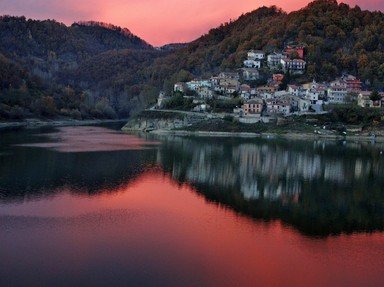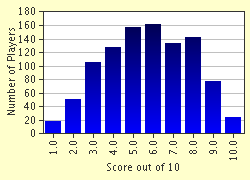Quiz Answer Key and Fun Facts
1. Which of these pub names is the only one without a connection to the production of textiles?
2. Which of these is the only one that has no connection with 'the military'?
3. Some pub names might get you on a completely wrong track. Fortunately there is usually the pub sign to guide your imagination. What might the name 'The Free Butt' actually refer to?
4. What connection is there between a pub with the name the 'Royal Oak' and Charles II ?
5. Which of these pub signs is the only one NOT to refer to any of the hierarchical functions or traditional symbols of the Roman-Catholic Church ?
6. What profession does the pubname 'The Jolly Tar' refer to?
7. The pub name the Cock and Bottle does not necessarily refer to the male partner of some hens. What other reading is perfectly possible?
8. A particular Scottish pub is named 'The Silver Tassie', which refers to a line from Robert Burns. What kind of 'Tassie' did Burns have in mind?
9. What might the word 'crutched' mean in a pubname like 'The Old Crutched Friars'?
10. The Dog and Trumpet pub in London has a pubsign that shows Nipper, a fox-terrier listening to the sound issuing from a gramophone-horn. What is the name of the original record-company that this logo is a reference to?
Source: Author
flem-ish
This quiz was reviewed by FunTrivia editor
LeoDaVinci before going online.
Any errors found in FunTrivia content are routinely corrected through our feedback system.

